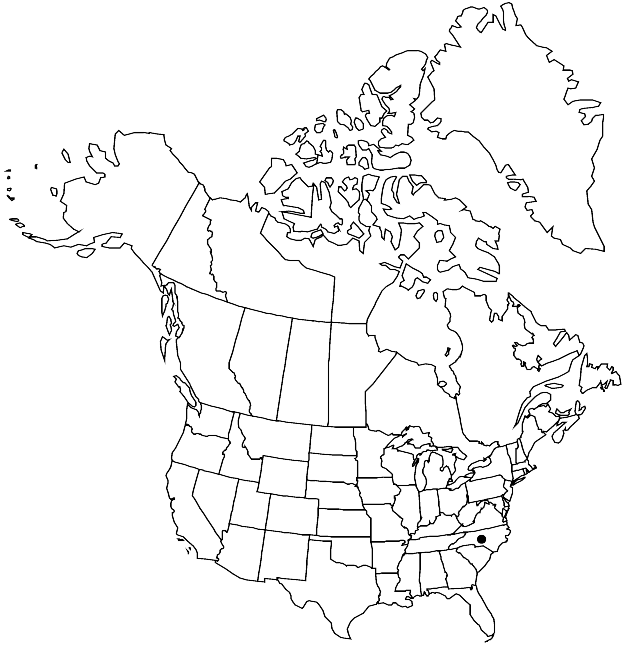Difference between revisions of "Schlotheimia lancifolia"
Bryologist 35: 9, plate 3. 1932.
Endemic
Treatment appears in FNA Volume 28. Treatment on page 72.
imported>Volume Importer |
imported>Volume Importer |
||
| Line 49: | Line 49: | ||
|publication year=1932 | |publication year=1932 | ||
|special status=Endemic | |special status=Endemic | ||
| − | |source xml=https:// | + | |source xml=https://bitbucket.org/aafc-mbb/fna-data-curation/src/2e0870ddd59836b60bcf96646a41e87ea5a5943a/coarse_grained_fna_xml/V28/V28_108.xml |
|genus=Schlotheimia | |genus=Schlotheimia | ||
|species=Schlotheimia lancifolia | |species=Schlotheimia lancifolia | ||
Latest revision as of 22:33, 5 November 2020
Plants bright green, reddish brown, or dark brown. Stems to 1.6 cm. Stem leaves oblong-lanceolate to narrowly lanceolate, not rugose, 1.5–2.3 mm; margins sometimes serrulate at apex; apex gradually acute or acuminate; costa percurrent; distal laminal cells irregularly quadrate to rounded-elliptic, 6–8 µm. Seta 3–5 mm. Capsule 1.4–2 mm. Calyptra smooth.
Habitat: Logs, trunks of trees to 8 m, undisturbed hemlock hardwood zone
Elevation: moderate elevations
Discussion
Of conservation concern.
Schlotheimia lancifolia is extremely rare and endemic to the southern Blue Ridge Escarpment. It differs from S. rugifolia in having non-rugose, gradually acute leaves.
Selected References
None.
Lower Taxa
None.
